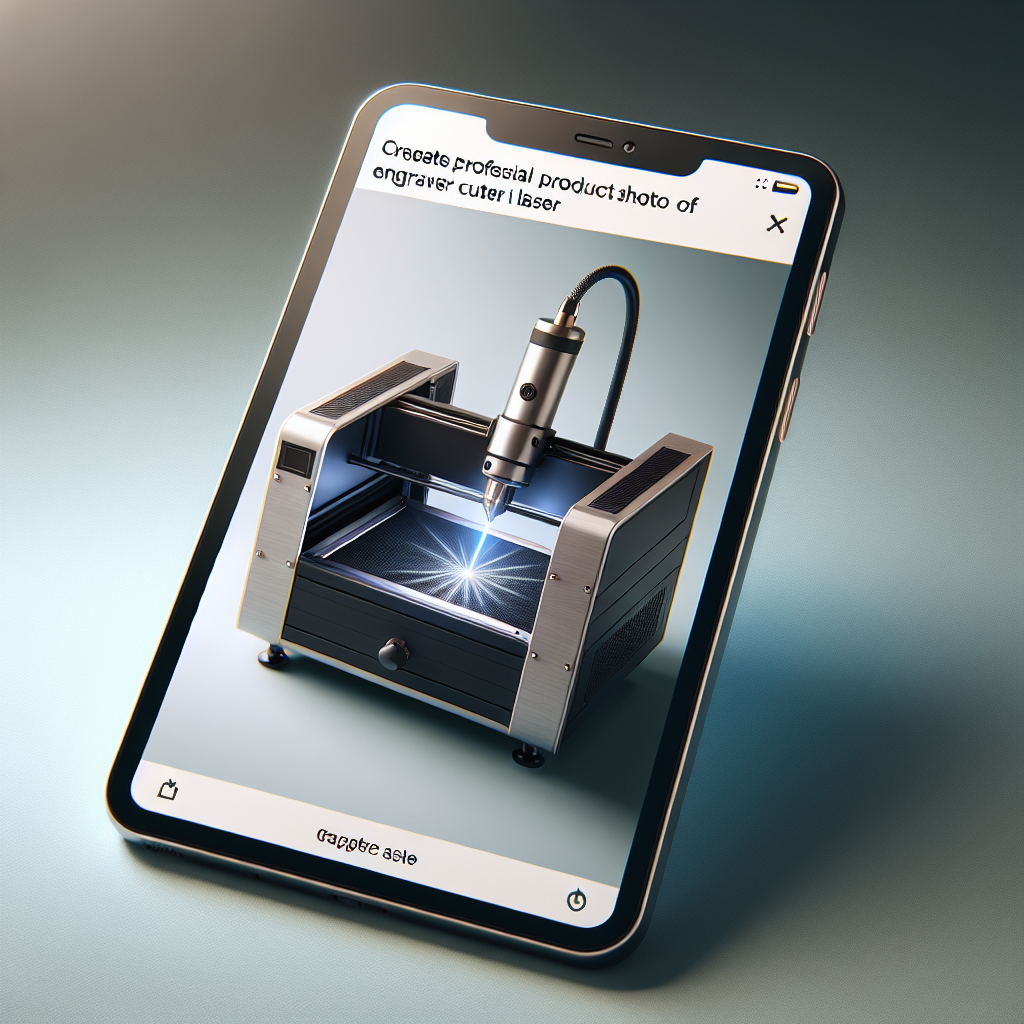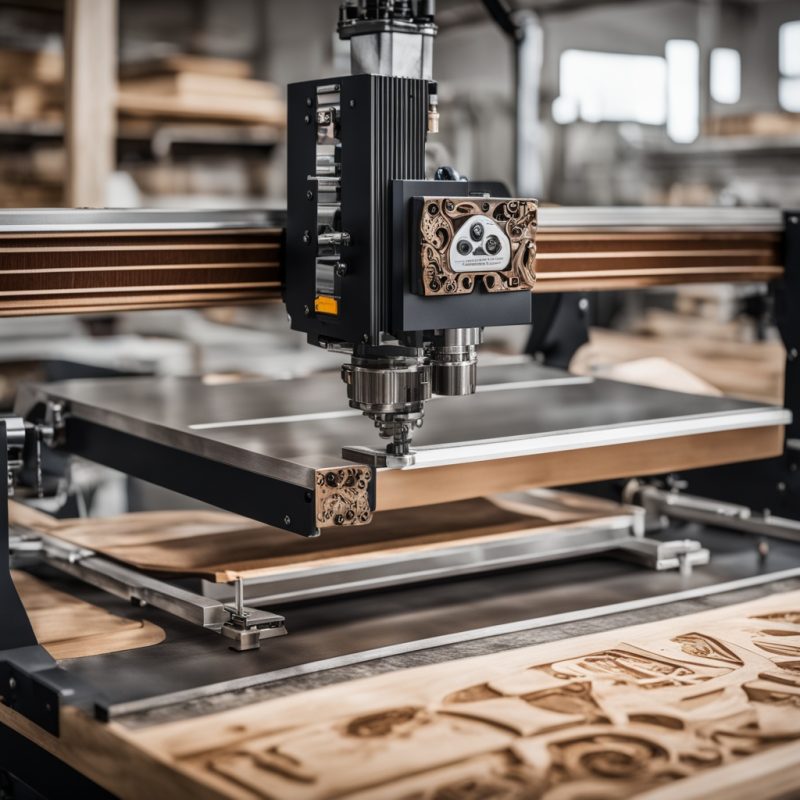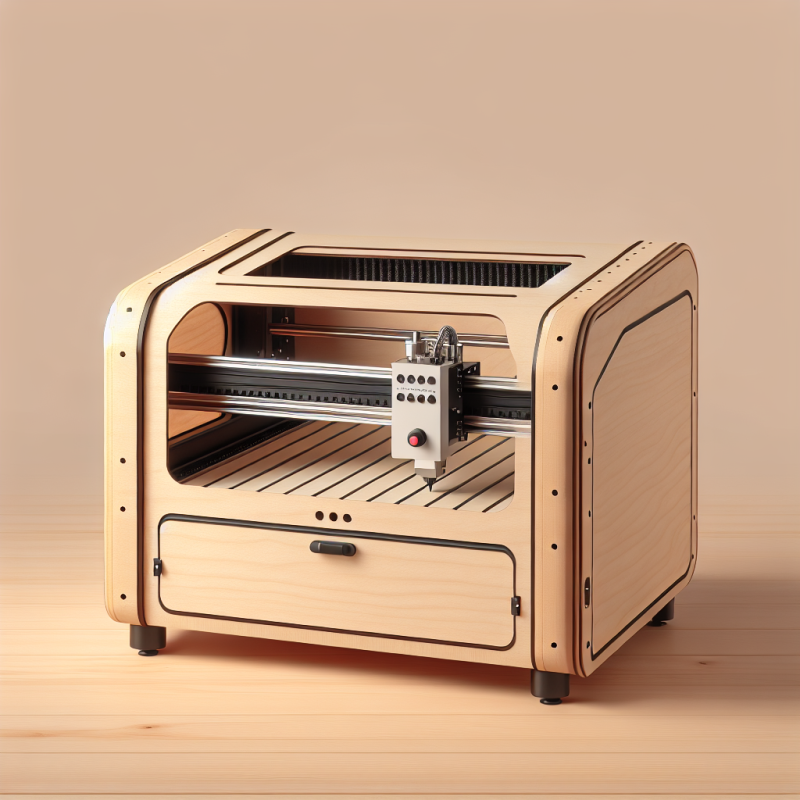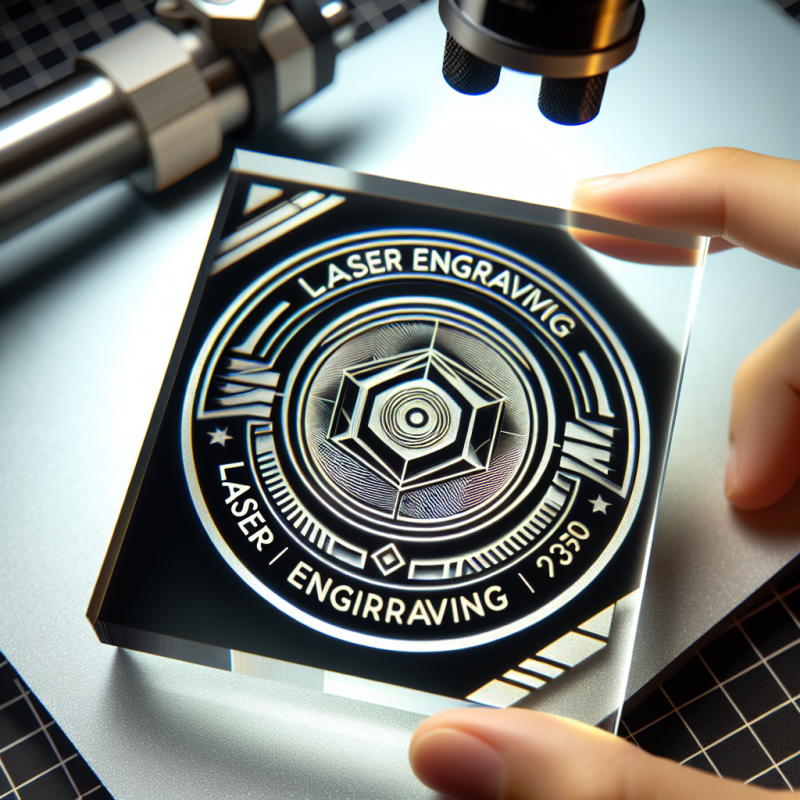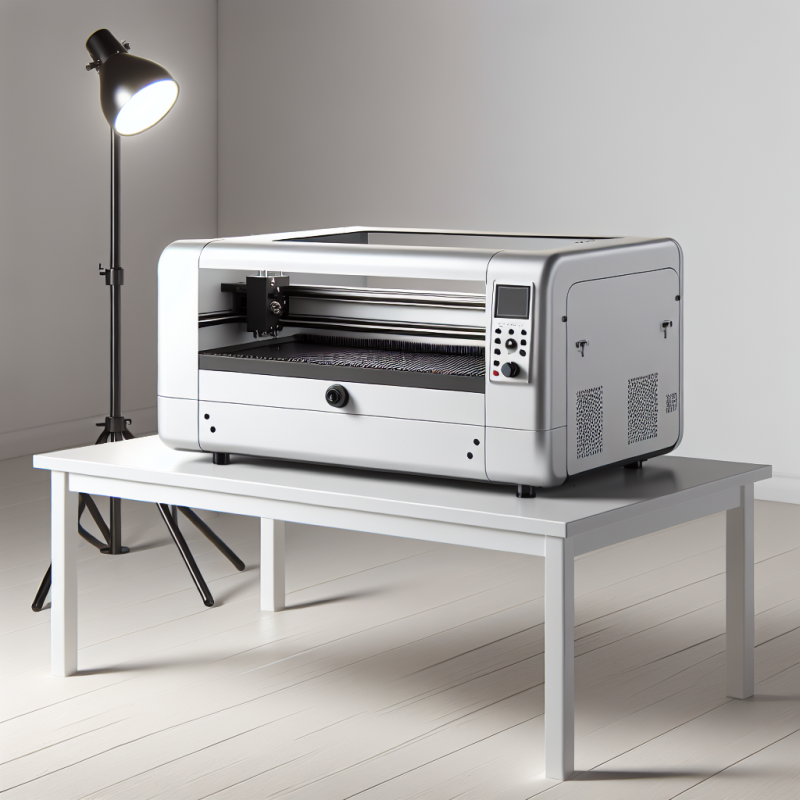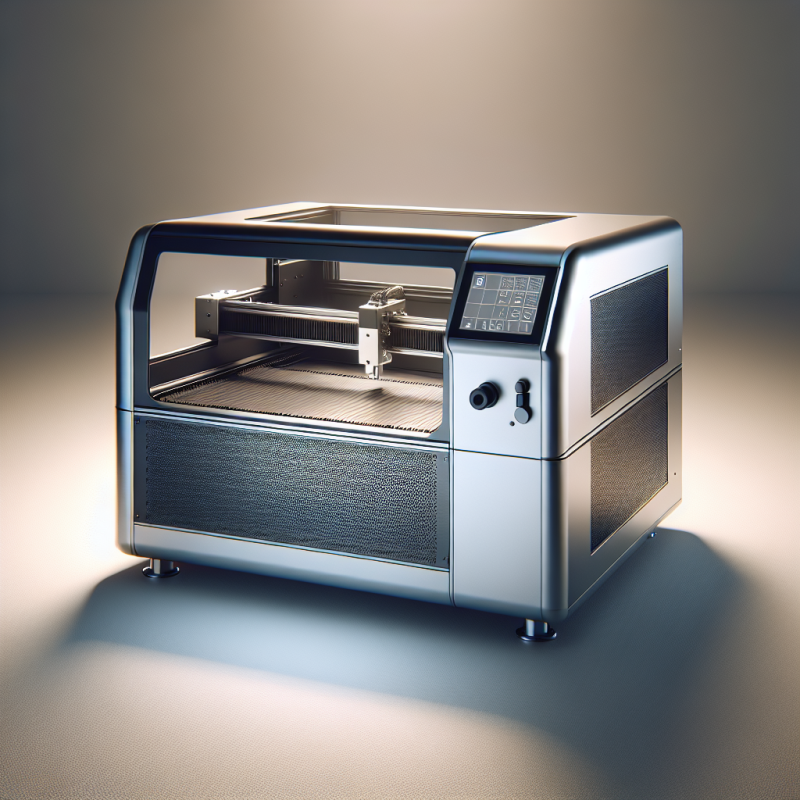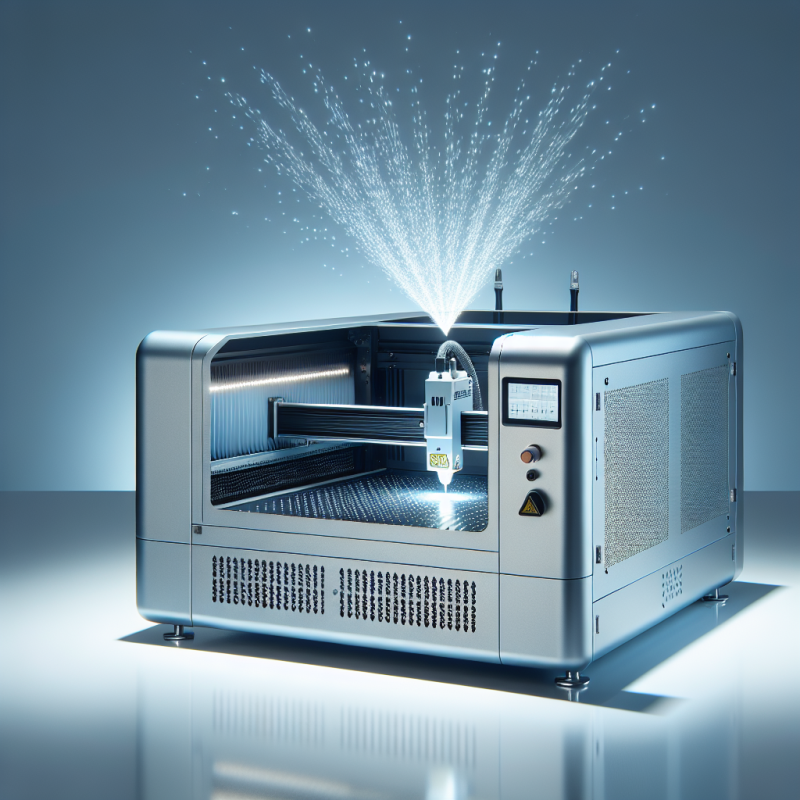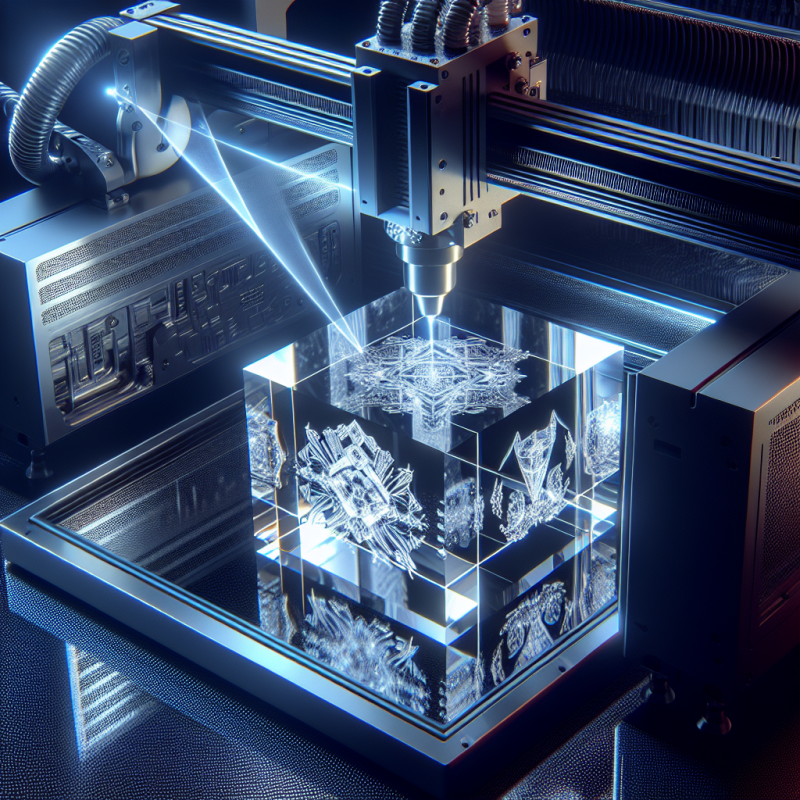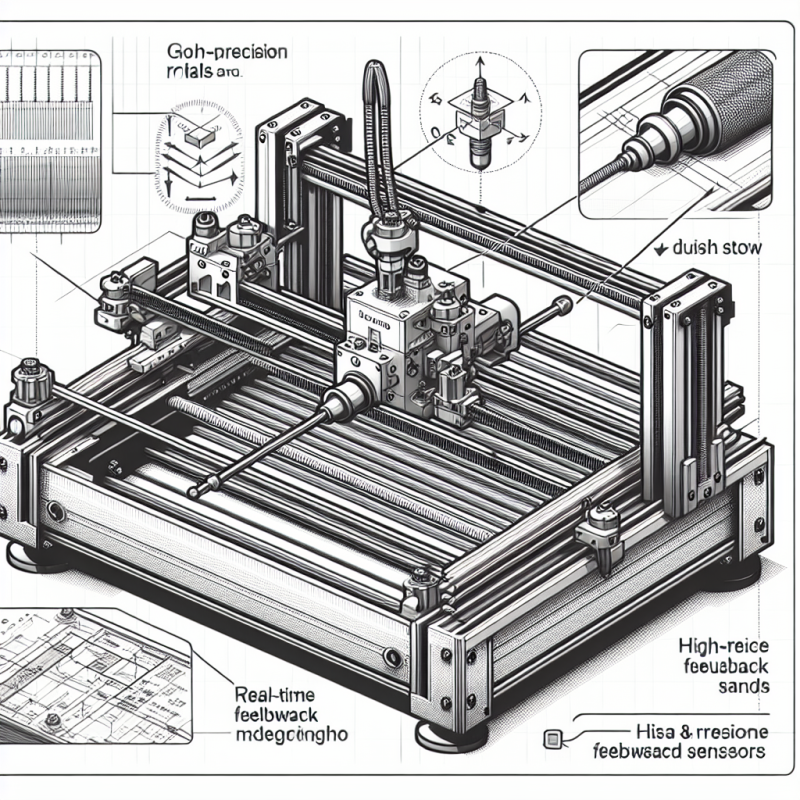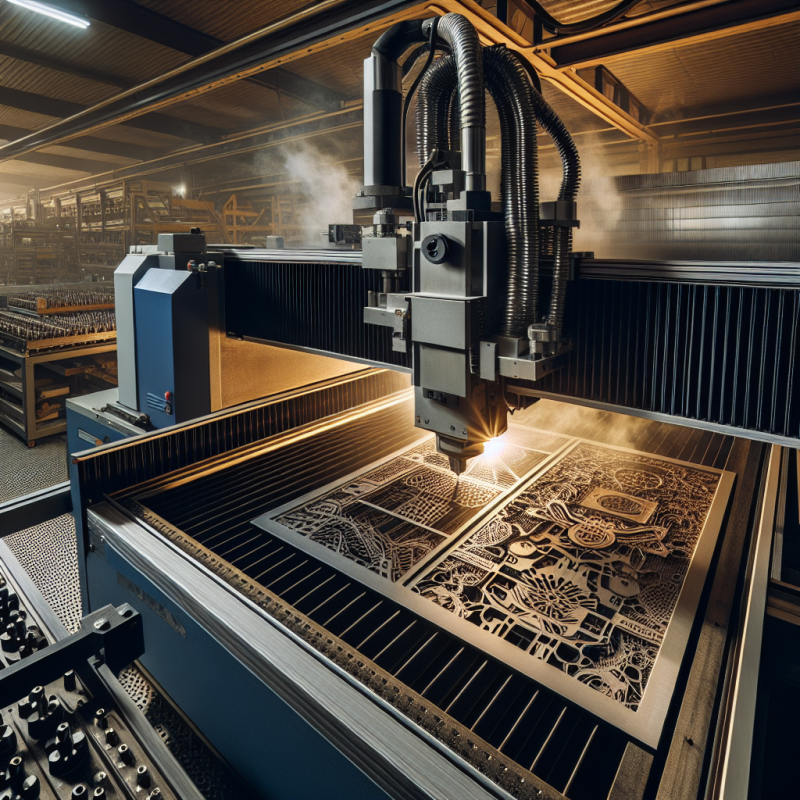Understanding Laser Engraving Cost: What You Need to Know
Laser engraving has become a popular method for creating intricate designs, personalized items, and industrial markings. Whether you’re running a business or working on a personal project, understanding the laser engraving cost is crucial to ensure your budget aligns with your goals. In this article, we’ll dive into the factors that influence laser engraving costs, compare it with alternative methods, and provide tips to help you make informed decisions.
What is Laser Engraving?
Laser engraving uses a focused beam of light to etch or cut materials, creating permanent markings. This method is widely used in industries such as jewelry, electronics, automotive, and even art. The precision and durability of laser engravings make them ideal for both small-scale and large-scale projects.
If you’re considering laser engraving for your next project, it’s essential to evaluate the laser engraving cost. This includes not only the upfront investment in equipment but also ongoing expenses like maintenance and consumables. Let’s explore the factors that impact these costs.
Factors Influencing Laser Engraving Cost
The laser engraving cost varies depending on several variables. Here are some of the most significant ones:
- Type of Laser Engraver: There are different types of laser engravers, such as fiber lasers, CO2 lasers, and UV lasers. Each has its own price range and suitability for various materials.
- Material Being Engraved: The cost can vary based on the material you’re working with—wood, metal, plastic, glass, etc. Some materials require more powerful lasers or specialized settings.
- Complexity of Design: More intricate designs often take longer to engrave, which increases labor and machine time costs.
- Quantity: Larger orders typically offer better economies of scale, reducing the per-unit cost.
For example, if you’re looking at a professional-grade machine like the -efficient Kiosk Laser Engraver, it’s designed to handle high-volume projects while maintaining precision. This makes it a great choice for businesses aiming to balance quality and affordability.
Laser Engraving vs. Alternative Methods
To determine whether laser engraving is the right choice for your project, it’s helpful to compare it with other marking methods:
- Screen Printing: This method is cost-effective for large orders but lacks the precision and customization options of laser engraving.
- Inkjet Printing: While inkjet printing offers flexibility, it’s not suitable for durable or permanent markings.
- Stamping: Stamping can be faster than laser engraving but is limited in design complexity and material versatility.
Laser engraving stands out for its ability to create highly detailed, long-lasting markings. However, the laser engraving cost may be higher for smaller projects or less complex designs compared to alternatives like stamping or screen printing.
Considerations for Businesses
If you’re running a business and considering laser engraving as part of your production process, there are several factors to keep in mind:
- Initial Investment: Purchasing a high-quality laser engraver can be expensive. However, machines like the Kiosk Laser Engraver offer a balance between cost and functionality.
- Maintenance Costs: Regular maintenance is essential to keep your laser engraver running smoothly. This includes replacing consumables like lenses, mirrors, and gas (for CO2 lasers).
- Automation: Investing in automated systems can reduce labor costs over time, making laser engraving more cost-effective for large-scale operations.
A key question to ask yourself is: What are my long-term goals? If you plan to scale your business or offer customized products, the upfront laser engraving cost may be justified by increased efficiency and customer satisfaction.
Tips to Optimize Laser Engraving Costs
While laser engraving can be expensive, there are strategies to reduce costs without compromising quality:
- Choose the Right Material: Opt for materials that are compatible with your laser engraver and require less power or time to process.
- Batch Processing: Group similar orders together to minimize setup times and maximize machine utilization.
- Invest in Training: Proper training can help operators use the equipment efficiently, reducing errors and downtime.
For instance, using a user-friendly machine like the Kiosk Laser Engraver can simplify operations and reduce the learning curve for new employees. This can lead to faster production cycles and lower labor costs over time.
Frequently Asked Questions
1. Is laser engraving suitable for all materials?
No, certain materials like glass or highly reflective metals may require specialized equipment or techniques. Always check compatibility before starting your project.
2. How long does a typical laser engraving project take?
The time required depends on the complexity of the design and the size of the material. Simple designs can be completed in minutes, while intricate patterns may take several hours.
3. Can I rent a laser engraver instead of buying one?
Yes, some companies offer rental services for laser engravers, which can be a cost-effective option for small or infrequent projects.
Conclusion
Laser engraving is a powerful tool for creating high-quality, customized products. While the laser engraving cost can be a concern, especially for smaller businesses, it’s important to weigh this against the benefits of precision, durability, and customer satisfaction.
If you’re ready to take the plunge, consider exploring options like the Kiosk Laser Engraver, which offers a balance between performance and affordability. By understanding the factors that influence costs and implementing strategies to optimize your workflow, you can achieve professional results while staying within budget.
Remember, investing in the right equipment and training is key to maximizing your return on investment. Happy engraving!


